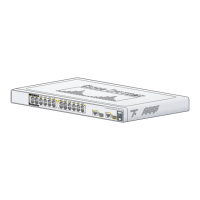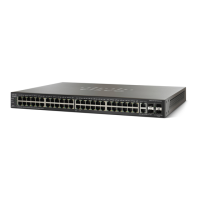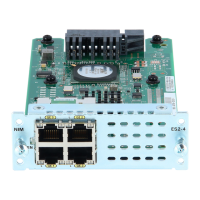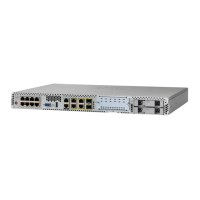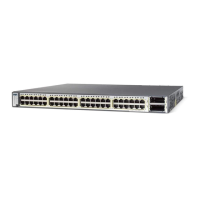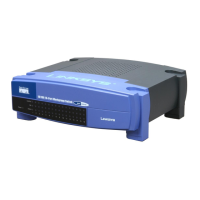Managing System Logs
Remote Log Servers
ESW 500 Series Switches Administration Guide 381
16
• Server — Specifies the server IP address to which logs can be sent.
• UDP Port — Defines the UDP port to which the server logs are sent. The
possible range is 1 to 65535. The default value is 514.
• Facility — Defines a user-defined application from which system logs are sent
to the remote server. Only one facility can be assigned to a single server. If a
second facility level is assigned, the first facility is overridden. All applications
defined for a device utilize the same facility on a server. The field default is
Local 7. The possible field values are Local 0 - Local 7.
• Description — Provides a user-defined server description.
• Minimum Severity — Indicates the minimum severity level for logs that are sent
to the server. For example, if Notice is selected, all logs from a Notice severity
and higher are sent to the remote server.
The following are the available log severity levels:
-
Emergency
— The highest warning level. If the device is down or not
functioning properly, an emergency log message is saved to the
specified logging location.
-
Alert
— The second highest warning level. An alert log is saved, if there
is a serious device malfunction; for example, all device features are
down.
-
Critical
— The third highest warning level. A critical log is saved if a
critical device malfunction occurs; for example, two device ports are not
functioning, while the rest of the device ports remain functional.
-
Error
— A device error has occurred, for example, if a single port is
offline.
-
Warning
— The lowest level of a device warning. The device is
functioning, but an operational problem has occurred.
-
Notice
— The system is functioning properly, but system notice has
occurred.
-
Informational
— Provides device information.
-
Debug
— Provides debugging messages.
STEP 2 Click the Add button. The
Add Syslog Server Page
opens:
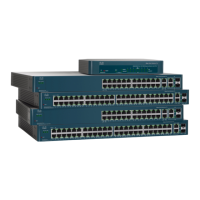
